WCP | In Wards 7 and 8, Feeding the Food Insecure is a Team Effort
Go HERE to read the full article.
 |
| photo courtesy of the Washington City Paper |
Excerpt:
Take two hypothetical District residents who need groceries. One lives in the Cascade Park Apartments in Southeast and doesn’t have access to a car. To reach the only full-service grocery store in her ward (a Giant in the Shops at Park Village), she walks 4.2 miles round trip.
The other lives in Union Row—a development on 14th Street NW in Ward 1. He can walk to YES! Organic Market, Streets Market and Cafe, Trader Joe’s, Smucker Farms, Whole Foods, Safeway, and Giant without going more than a mile.
Those working on food access equity in D.C. use words like “crime,” “absurdity,” and “injustice” to describe the disparity between Wards 7 and 8 east of the Anacostia River and the rest of the city. The USDA characterizes these low-income communities starved for places to purchase fresh produce as “food deserts.” And between 2010 and 2016, the situation only worsened.
In 2010, local organization D.C. Hunger Solutions released a “Grocery Gap” report showing Ward 7 had four full-service grocery stores for 73,856 residents and Ward 8 had three full-service grocery stores for 69,047 residents. Its latest data from 2016 reveal Ward 7 is down to two for all 70,064 residents and Ward 8 is down to one for all 78,686 residents.
Roughly one in seven households in the District is food insecure, the group says. Worse yet, 26.6 percent of D.C. households with children can’t afford enough food. A disproportionate number of these families live east of the river.
There was a brief flash of hope when Walmart announced it would open where Good Hope Road SE meets Alabama Avenue SE, but the company backed out a year ago citing profitability concerns. Many were angry; others were stirred to bring about change.
DC Greens executive director Lauren Shweder Biel says the Walmart pullout sharpened the issues surrounding the city’s food deserts and even catalyzed collaboration. “That moment became a call to arms for community organizers,” she says.
